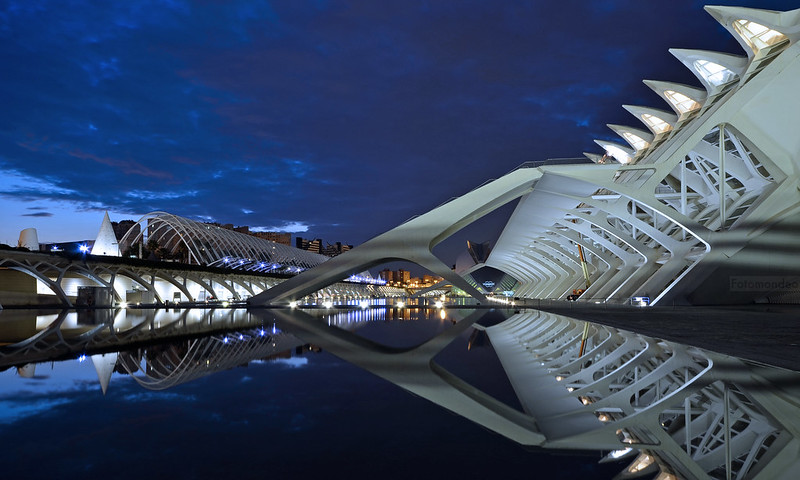- Messages
- 107
- Name
- Gary
- Edit My Images
- Yes
Hi,
This is something I've been trying for ages and don't seem to get the hang of the technical aspects so I'm calling on you guys for help.
Looking through the forums, there are some awesome photos on here of night shots either in a city, light trails, etc and they're incredible.
Mine however, are a grainy mess and just look horrendous. Granted, it's probably my choice of lighting (Most practicing uses street lights).
I've got examples but am almost too embarrased to upload them! Wondered if anyone could provide technical guidance on the basics, and what lenses would be best for these kind of shots, (or even if this matters at all).
Thanks
G
This is something I've been trying for ages and don't seem to get the hang of the technical aspects so I'm calling on you guys for help.
Looking through the forums, there are some awesome photos on here of night shots either in a city, light trails, etc and they're incredible.
Mine however, are a grainy mess and just look horrendous. Granted, it's probably my choice of lighting (Most practicing uses street lights).
I've got examples but am almost too embarrased to upload them! Wondered if anyone could provide technical guidance on the basics, and what lenses would be best for these kind of shots, (or even if this matters at all).
Thanks
G







